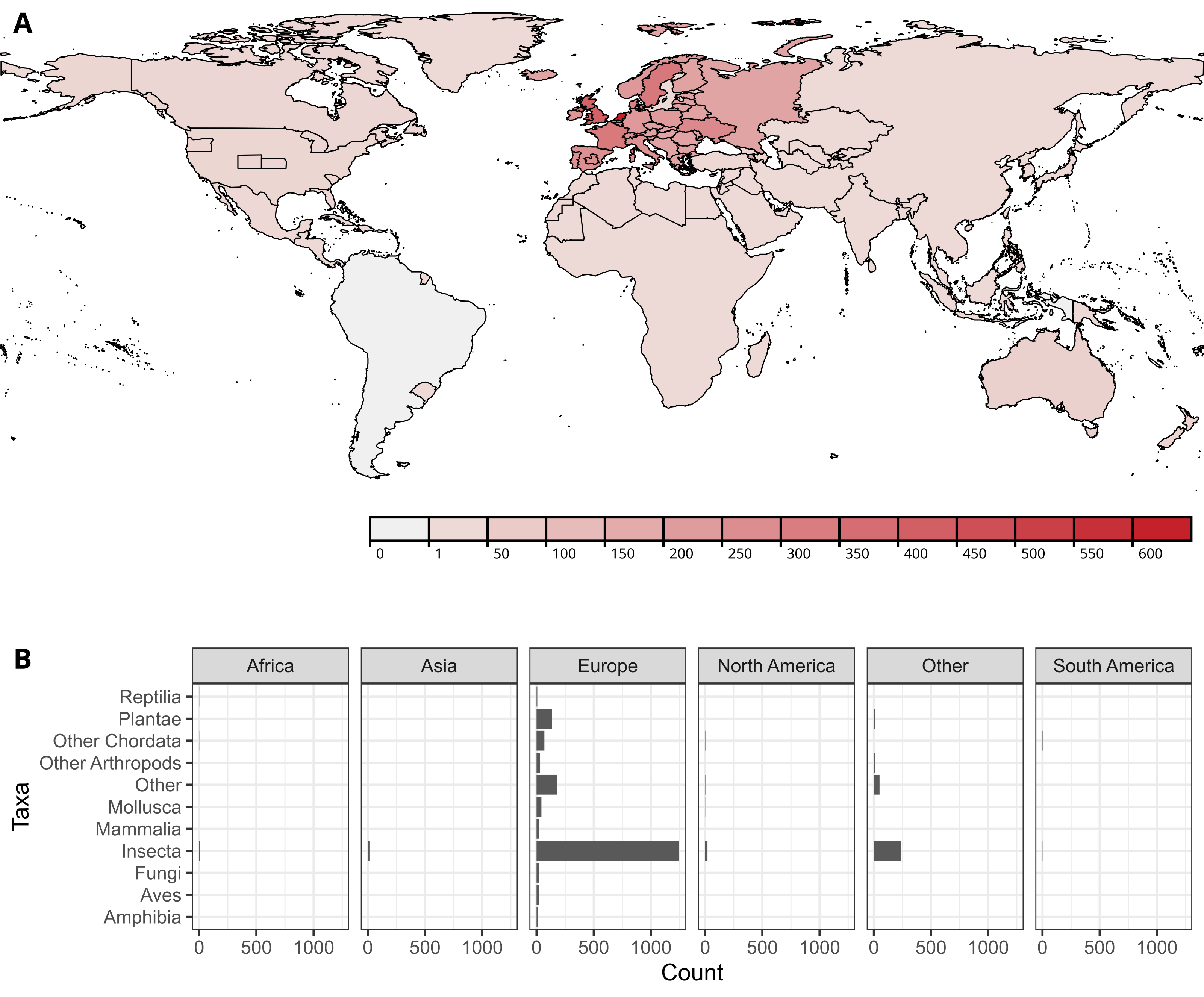10 years ago, on September 28th, 2015, I pushed the first commit of “C[1]”, which would later form the basis of Citation.js. Back then, it was a simple webapp that took bibliographical data from manual input from a form and converted it to APA. I had not learned about Citation Style Language (CSL) or CSL-JSON yet, so the implementation was not particularly interoperable, but it served its purpose: allowing me and my classmates to format bibliographies without stressing over the correct punctuation.
In April of 2016 I created the larsgw/citation.js repository on GitHub, containing a JavaScript file for browser usage of Citation.js. In September of the same year, I added support for Node.js, including a CLI. Next, in November of 2018 I moved most of the code to a new repository under the new citation-js GitHub organization. Finally, in 2019 I published an article in PeerJ Computer Science (doi:10.7717/peerj-cs.214) on the software and mappings. Since then, development has been relatively stable.
During that time, it has been used in several projects. We have used it in Scholia for importing metadata from DOIs and ISBNs and exporting citations. At the Cuneiform Digital Library Initiative we use it to provide page citations and for importing BibTeX metadata. Additionally, it is used in Forgejo (and Gitea) to implement CITATION.cff support, which can also be seen on Codeberg. It is also used in several blogs and personal websites. If you know of any other cool uses, please let me know!
On to the next 10 years!






